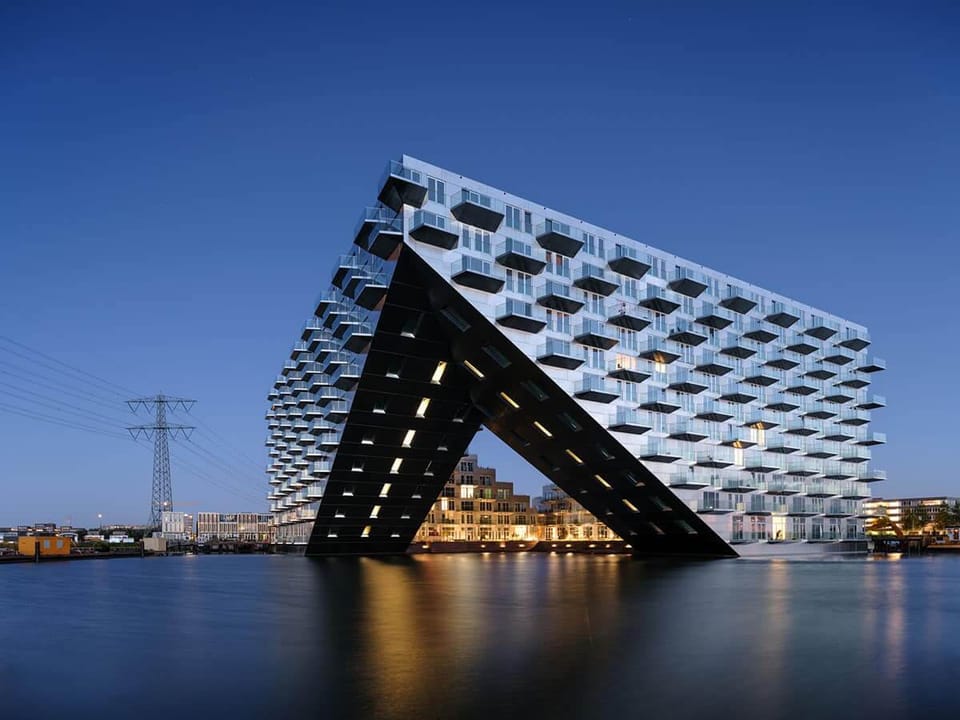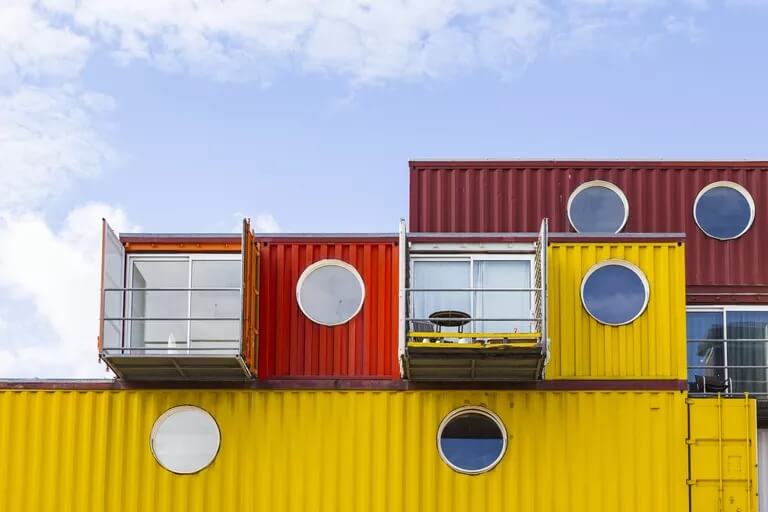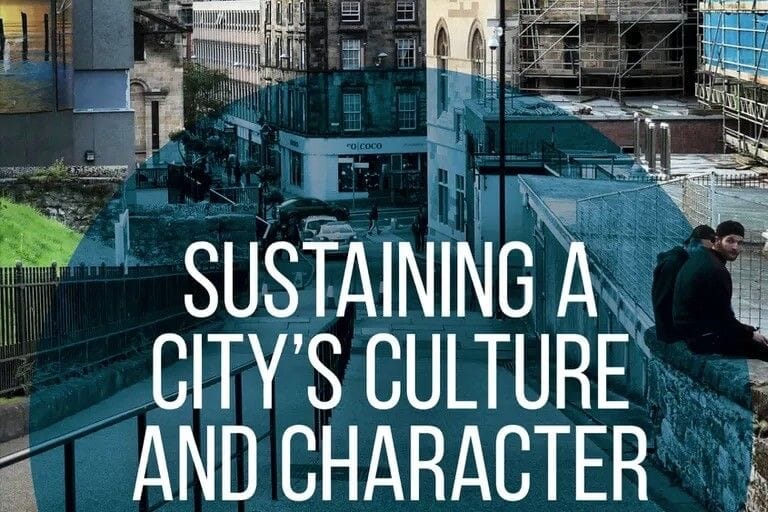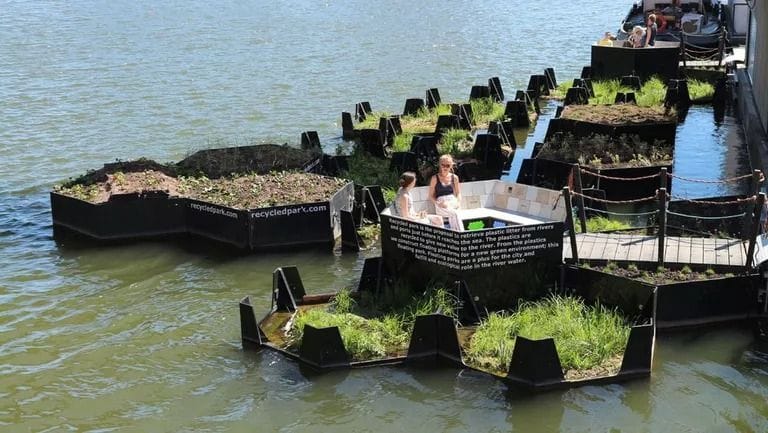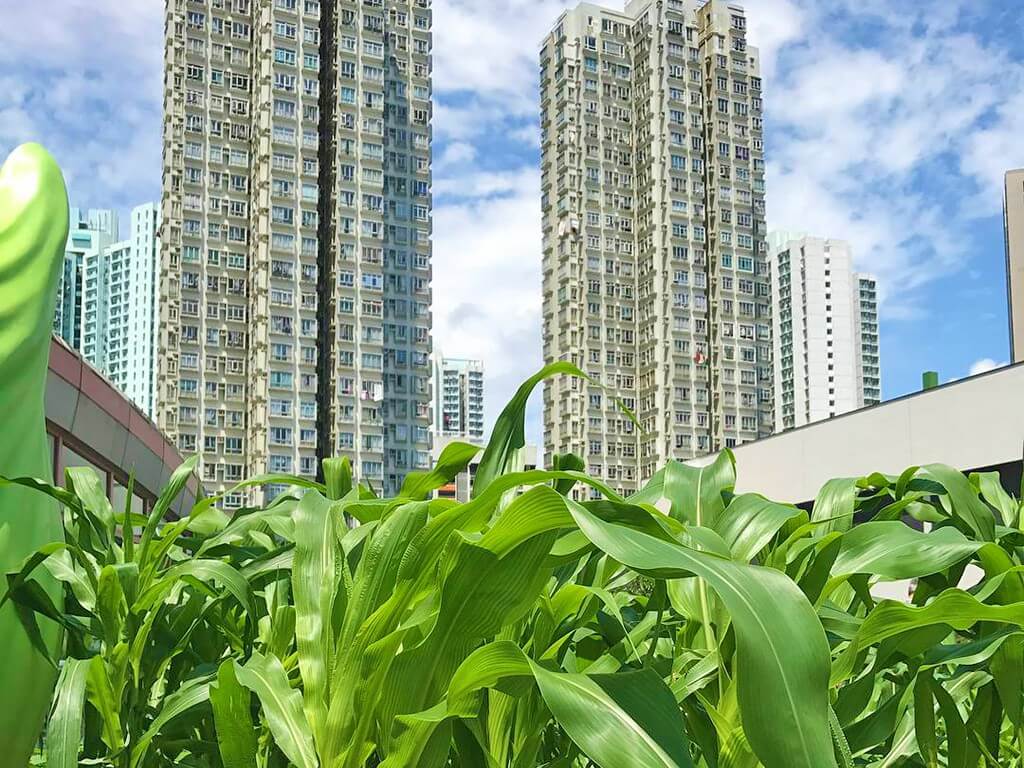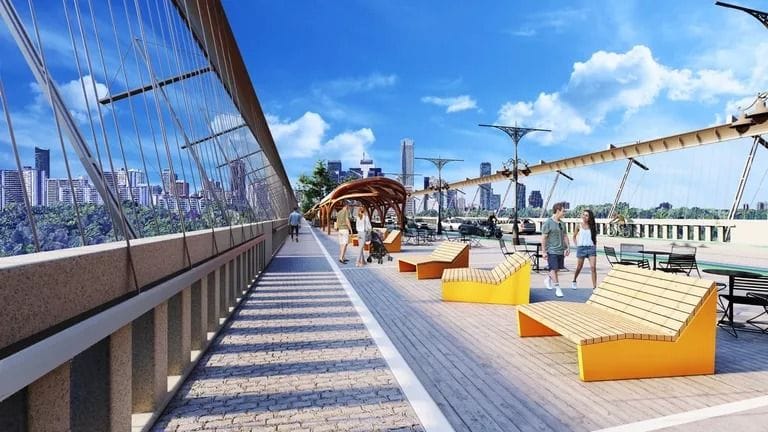
How Carbon Credits Drive Sustainable Urban Living in 2025
Carbon credits are transforming urban sustainability in 2025, empowering eco-conscious city dwellers to fight climate change while embracing minimalist lifestyles.
Explore how urban design shapes better cities. Discover ideas in planning, public space, and smart infrastructure that make life more connected and sustainable.


